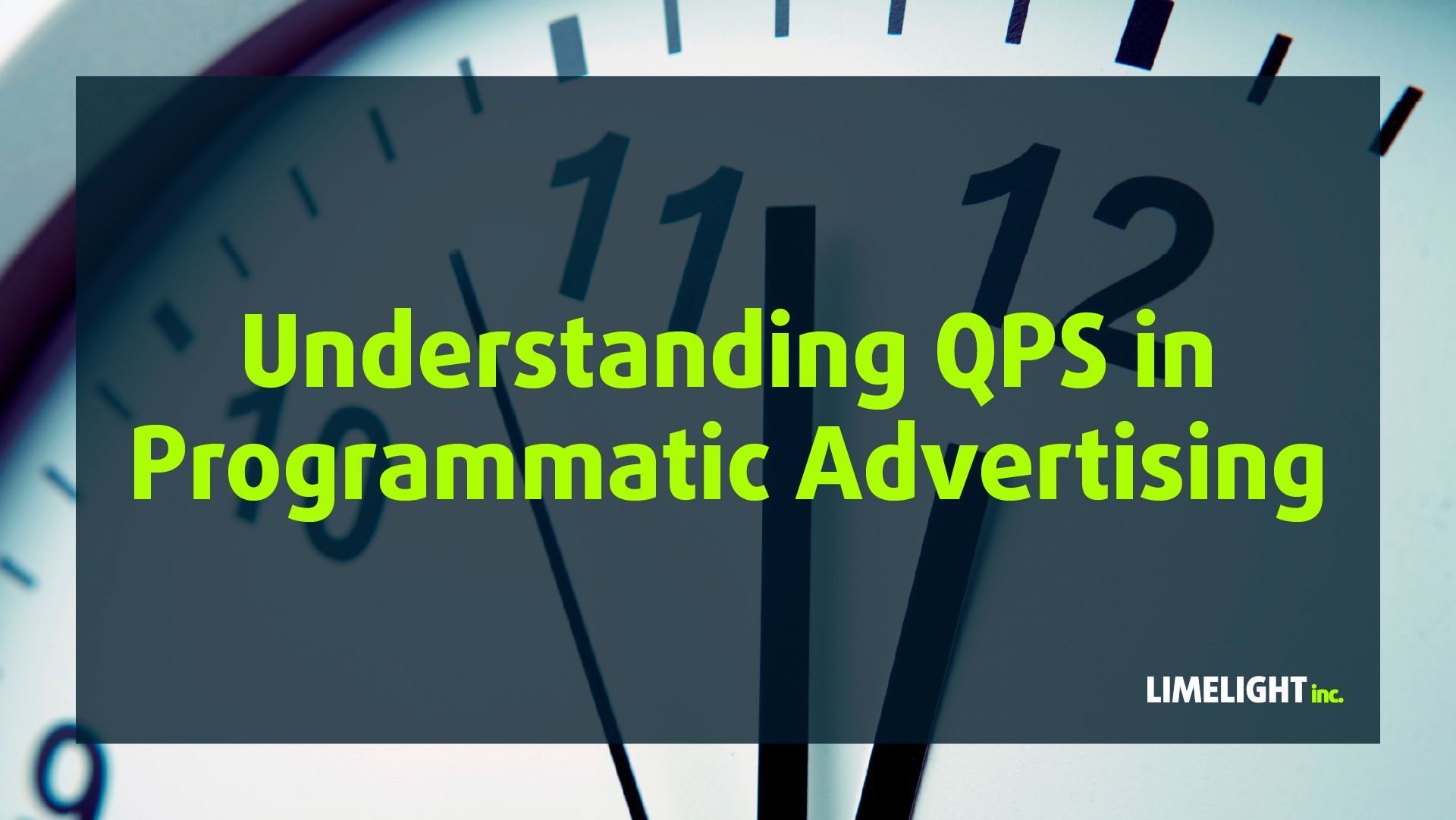Types of Demand Integration and the benefits of each

Programmatic advertising has revolutionised the digital advertising landscape by automating the buying and selling of ad space.
Publishers can leverage various demand integrations to optimise their ad revenue.
Here’s a detailed look at different types of demand integrations and their benefits for publishers:
VAST (Video Ad Serving Template)
VAST is a standardised protocol for serving video ads. It allows publishers to deliver video ads across different platforms and devices seamlessly.
Benefits:
- Standardisation: Ensures compatibility across various ad servers and players.
- Flexibility: Supports various ad formats like linear, non-linear, and companion ads.
- Tracking: Provides detailed metrics on ad performance, enhancing optimisation efforts.
VPAID (Video Player-Ad Interface Definition)
VPAID is an extension of VAST that allows for interactive video ads. It enables richer ad experiences by allowing ads to interact with the video player.
Benefits:
- Interactivity: Enhances user engagement through interactive elements.
- Advanced Metrics: Offers deeper insights into user interactions and ad performance.
- Compatibility: Works with VAST, ensuring broad compatibility.
iFrame
iFrame integrations involve embedding ads within an HTML document, isolating the ad content from the publisher’s content.
Benefits:
- Security: Isolates ad content, reducing the risk of malicious code affecting the publisher’s site.
- Flexibility: Allows for various ad formats and sizes.
- Ease of Implementation: Simple to implement without affecting the main content.
Header Bidding
Header bidding is an advanced programmatic technique where publishers offer inventory to multiple ad exchanges simultaneously before making calls to their ad servers.
Benefits:
- Increased Revenue: Creates a competitive bidding environment, often leading to higher CPMs.
- Transparency: Provides greater visibility into the bidding process.
- Reduced Latency: Improves page load times by reducing the number of ad calls.
oRTB Endpoints (Open Real-Time Bidding)
oRTB endpoints facilitate real-time bidding by allowing multiple demand sources to bid on inventory in real-time.
Benefits:
- Efficiency: Automates the bidding process, ensuring the highest bid wins.
- Scalability: Handles large volumes of bid requests efficiently.
- Optimisation: Uses data to optimise bids and improve ad performance.
Custom oRTB Endpoints
Custom oRTB endpoints are tailored real-time bidding solutions that cater to specific needs of publishers or advertisers.
Benefits:
- Customisation: Allows for tailored bidding strategies and rules.
- Enhanced Control: Provides greater control over the bidding process and inventory management.
- Improved Performance: Optimises ad delivery based on specific criteria and goals.
Pre-Bid Demand
Pre-bid demand involves evaluating bids before the ad server call, ensuring the highest bid is selected.
Benefits:
- Revenue Maximisation: Ensures the highest possible bid is selected, increasing revenue.
- Efficiency: Reduces the need for multiple ad server calls.
- Transparency: Offers clear insights into the bidding process and ad performance.
By leveraging these demand integrations, publishers can optimise their ad inventory, enhance user experience, and maximise revenue.
Each integration offers unique benefits, allowing publishers to choose the best fit for their specific needs and goals.



